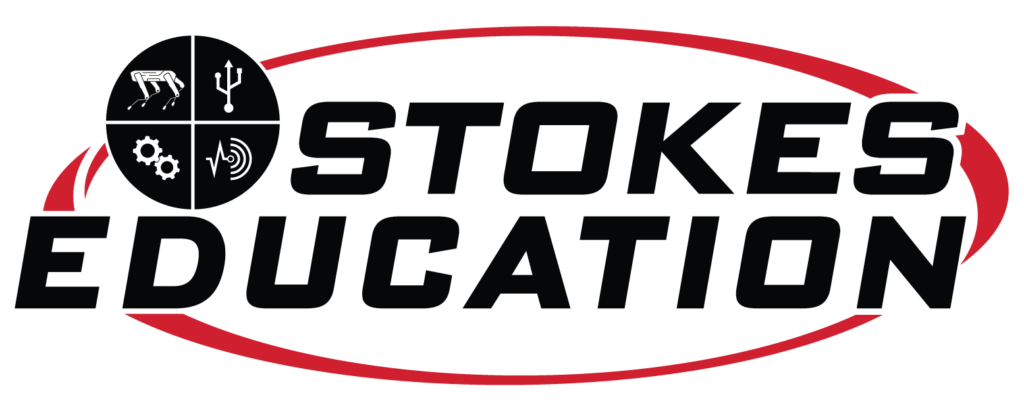The term STEM is common in schools, but these key subjects of science, technology, engineering, and math are taught independently in many cases. Robotics is often used in after-school clubs, but it can also be a good way of bringing all these STEM subjects together in a single curriculum, STEMbotics.
Educational robots are a good way to teach kids fundamental engineering design and programming skills while allowing them to see and interpret code results in real time. Educational robotics strengthen and support students’ skills, developing their knowledge through the creation, design, assembly, and operation of robots. By programming robots, students can discover if their aptitudes and interests correspond to those skills that will define the job market of the future, like programming, science technology or engineering. Working on a robot stimulates students to build their engineering intuition and emphasizes the meaningful problem-based learning through the integration and application of their knowledge.
Educational robots teach children to become familiar with and learn basic programming concepts, a skill that is becoming more and more important every year. Robotics for kids can become a tool that aids in the understanding of abstract and complex concepts in science and technology courses as well as facilitate creative thinking. Robotics can not only encourage language development but also improve innovation and critical thinking skills among students. It makes STEM concepts interactive and engaging for young adults who often have a reduced attention span.
While robotics doesn’t necessarily require a subject of its own in the school curriculum, it can be optimally incorporated into science and innovation-led activities that not only allow students to face new challenges but also create an entirely immersive learning environment.
Some ways STEMbotics can be applied to the current curriculum are:
Real World Applications
- In commercial agriculture, robots can navigate farmland, harvest crops, and care for plants in conditions difficult for humans. Advanced Robotics provide automation tactics to the agriculture industry.
- In health care, artificial intelligence and augmented reality improve wayfinding for disabled persons using robotic exoskeletons.
- In the automotive industry, robots with mechanical arms assemble cars and perform precise installations.
- In space exploration, remotely operated vehicles can capture data and footage from space and on other planets.
English Language Arts
· Help students make connections between writing with correct grammar and coding with proper syntax when programming robots.
· Help a character in a story solve a problem by having students think analytically in their designs.
Mathematics
· Construct paper robots for learning geometric shapes.
· Deepen mastery of algebraic thinking skills.
Science
· Design, build, and program robots to investigate solutions and solve problems.
· Students work in teams to collaborate with others and share ideas to investigate, create, and test the best solutions.
· Students explore real-world scientific questions from earth science to physics.
· Students develop and test hypotheses.
Social Studies
· Students explore careers in robotics.
· Students learn the production and distribution of goods using robots and create simulations.
· Students can use robots to program a journey across a floor map.
Arts
· Robots can be programmed to march with the school band, dance with the dance team or cheerleaders
· Robots can act in performing arts plays.
· Students who are more interested in the Arts than traditional STEM subjects allow them to learn valuable STEM concepts such as programming and engineering in a way that interests them.
· Robots can not only be a tool for STEM education but also a valuable STEM education tool.








